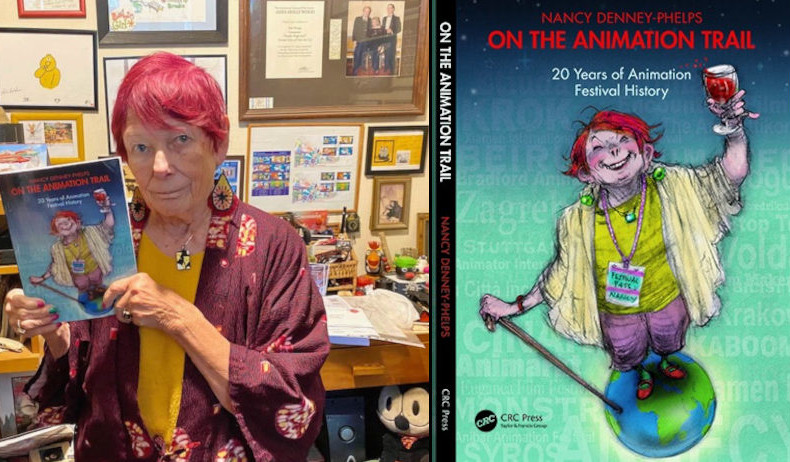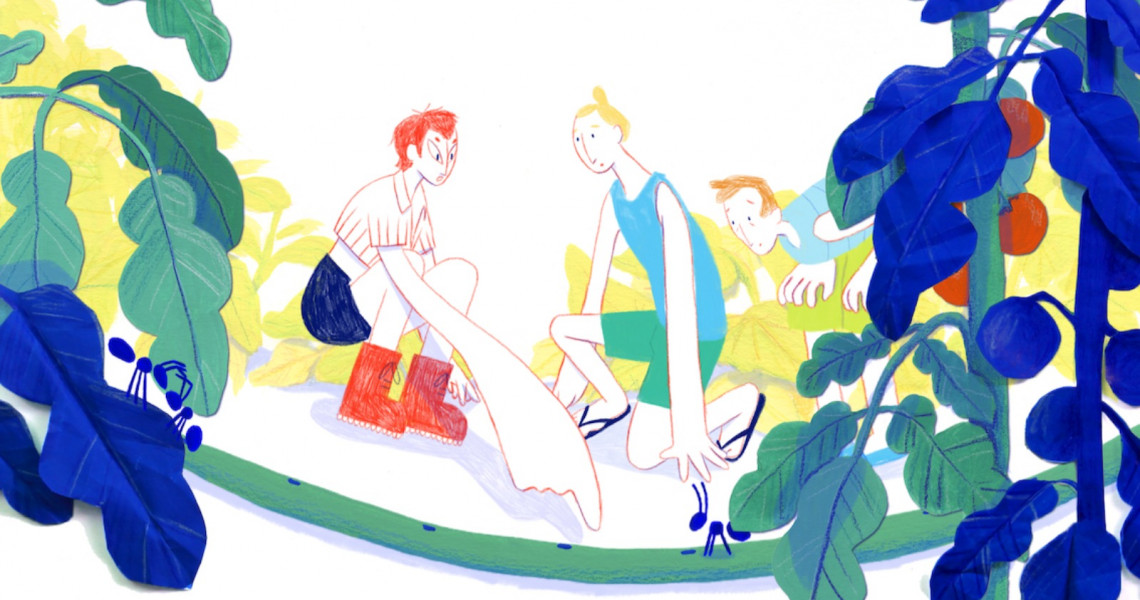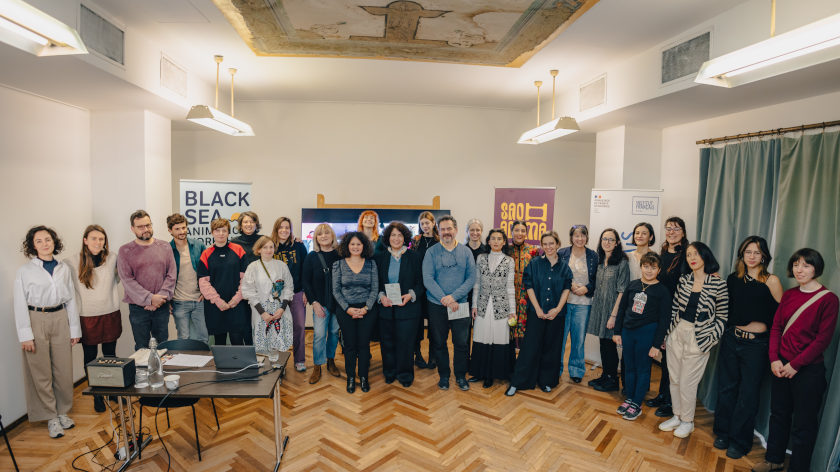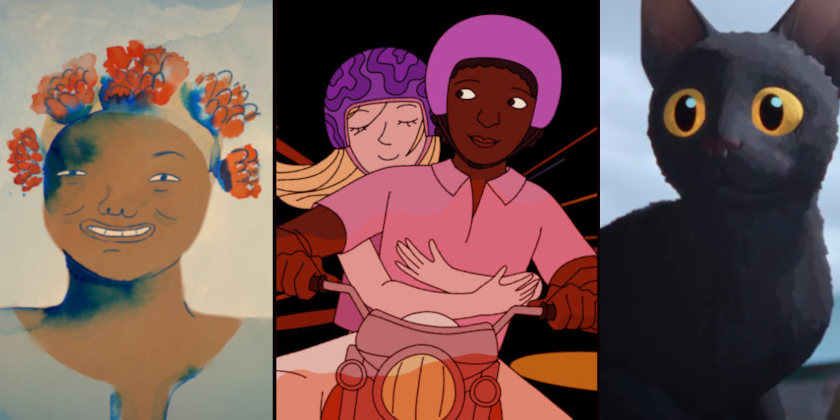Pixar – Ιmagination Κidnapped
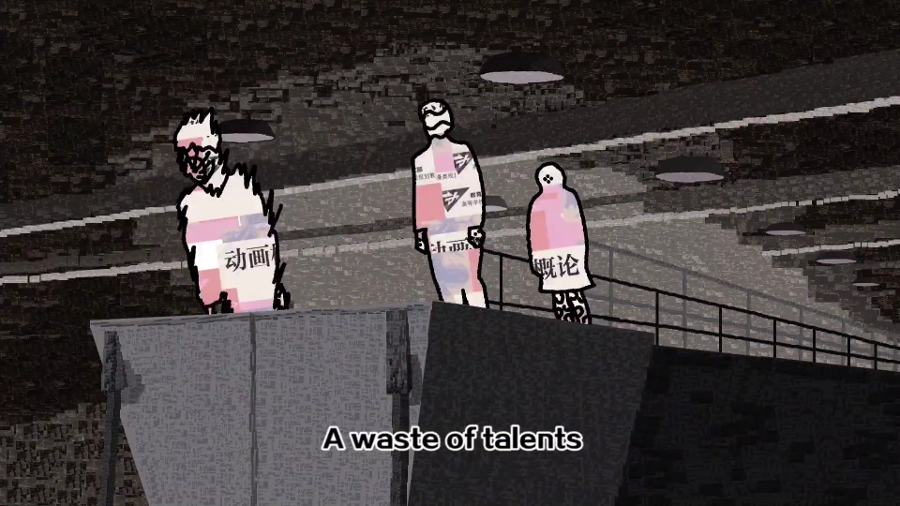
Animation is quite commonly seen as nothing more than mere entertainment. On top of that, the idea that animation is children entertainment is quite rooted in almost every contemporary society. Despite this, as a consequence of the clear infantilization of the adult public, many of these films seem especially created for adults. Children go more for the marketing arsenal than for the story itself; if you ask a child what the film was really about, most probably they will not know what to say, but they will want the blanket, the cuddly toy or the cup from the film. Careful, I don’t mean that children are silly. On the contrary, I think they understand that those films have long ceased to be made for them. Pixar, DreamWorks, Sony (and so on) discovered the magic formula to sell animated films. They created a product for children consumption that adults would want to pay for without feeling defrauded; in fact they would believe they had grasped a metaphor of life behind those Hollywood studios’ stories.
Their box office bonanza is always in the spotlight. In spite of this, it’s no secret that creativity is very badly rewarded in large animation studios. The focus of attention is not set to talent and creativity because they do not generate profit. They are doomed to remain in the dark, shaded by tons of merchandising. In other words, a child will always want a T-shirt and a thermos flask from Frozen or a pair of shoes with the print of Inside Out but who would want the same of The World of Tomorrow or, for example, of The Boy and the World (O Menino e o mundo)? There is no comparison because we live in a consumerist system where even imagination became for sale.

World of Tomorrow
I’ve recently read an article in The Awl titled The Pixar Theory of Labor by James Douglas. Although I have my reservations on certain aspects, many of the ideas he exposes are interesting. For a long time now, I’ve been noticing, in each Pixar film, a scheme too boring and too simplistic not to think that it works on a stored “magic” formula. A formula that leads us to believe that they are the sole possessors of an enlightening imagination that is able to teach us life lessons.
However, I did not see as far as Mr. Douglas did. According to him, the films created by Steve Jobs’ studios are a metaphor of working life, in which the characters have, desire or have been deprived of a job. In fact, in Toy Story two characters fight for the same position, in Inside Out the father loses his job and has to move with his family to a new city, curiously San Francisco. Besides, Joy does not understand Sadness’ job. Moreover, in Monsters Inc. two employees are trying to be the most efficient in a very competitive world.
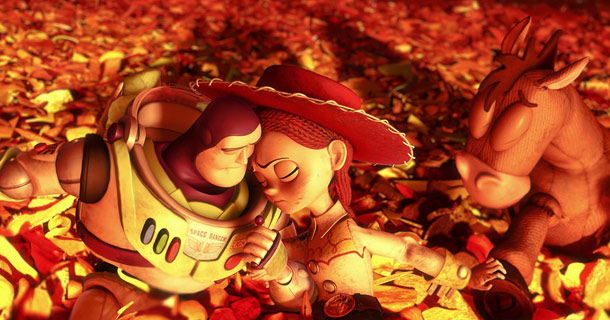
Toy Story
According to this theory, Pixar presents characters who try to be the best at what they do, or who try to prove their usefulness. Consequently, Douglas continues, Pixar’s philosophy and work environment are the same; those of the “enviable jobs” where you have ping pong courts, sofas and even breakfast, if you want to come to work earlier. The idea is to make your job seem like it’s not work at all, without you realizing you are actually working extra hours, which leads to the annihilation the work-rest dichotomy.
Finally, – to conclude with this theory that some accuse of being conspiratorial – the worst thing that can happen to a Pixar character is not death, it’s ending up in the trash bin; be it in Toy Story, Wall-E or Inside Out the worst thing that can happen is not being useful anymore. Following this capitalistic logic, those who are not efficient and capable of producing are useless and are dumped. So, a good worker must be productive but must consume as well. This is how the dynamics of consumerism is impressed upon the viewers, who absorb and internalize it as natural.
All of this may sound paranoid, but if we move away from what we thought we’d understood from Pixar films, the interpretation proposed by Mr. Douglas is not so out of place. As a matter of fact, it is remarkable how well each film is disguised to make us believe that they are teaching us another great lesson about being human through tender, wonderful and brilliantly conceived characters.
Fortunately though, there is a faintly visible network of animation creators who use this art from to challenge preconceived perceptions of reality, who face up to alleged social contracts and quasi-unique beliefs. They are sincerely committed to exploring all emotions, thoughts, feelings and stages of the human being. And many, with their animation works, even dare to shout “Enough!” at political regimes. Such creators do not have ping pong tables, nor ultra-modern studios, but they are equipped with an almost inexhaustible willpower that stubbornly pushes them ahead. With fame and without it. With funding or without it. Their motor is their willingness to show their innermost world engaging in conversation with the outside world.
Animation as Art is a tool; it helps you feel and live emotions that have been so far little explored in other disciplines like painting, music or cinema. And yet this quality of animation becomes perhaps it’s very condemnation as it’s easier for the viewer to confront with and re-enact the basic and self-fulfilling emotions provided by mainstream entertainment. Nevertheless, the ability animation has to transmit those little explored feelings and emotions, makes it an essential tool in our times, when we are subjected to emotional, sensorial and ideological standardization. By interacting with reality and offering different perspectives on it, Animation as Art can be a seedbed of doubts, there, where everything begins to be taken for granted.
Not only can independent animation re-interpret a world or a reality, but it is able to reconfigure it without the need of narrative or structural justifications, and, more importantly, it does not require the viewer to be predisposed to like it by the marketing. Because of this, independent animation difficultly appeases the general taste. It is easier to watch and identify with a nice and supposedly intelligent character striving to be the most efficient, than to enjoy, for example, an experimental animation that does not require you to identify with it but that can be a mirror in which you can reflect, breathe and simply let your emotions flow, without the need for a script telling you when you should laugh, cry or hold your breath.
There is a trick to recognize a good animation from one that is only trying to kill your imagination – you have to weigh up its honesty. You can watch independent animations telling you simple stories, but they can be deeply honest because they are made by people who have nothing to lose, who are not seeking competition, who are not trying to be the best, who just want to communicate their vision of life through animation. In fact, independent animators belong to a very rare species: they learn from their own kind, feed each other, help each other and do not judge hastily, instead, they grow together, humbly. There, is where their success lies; they know they will never end up in the dump, because nobody will ever be able to take their imagination from them.
Mr. Kropka is a scriptwriter for cinema, television and animation.In recent years he has been specializing in and writing about international animation. He is the founder and artistic director of ReAnima festival (Bergen, Norway).
Sign Up: Stay updated on European and Independent Animation News. Subscribe to our Newsletter.


